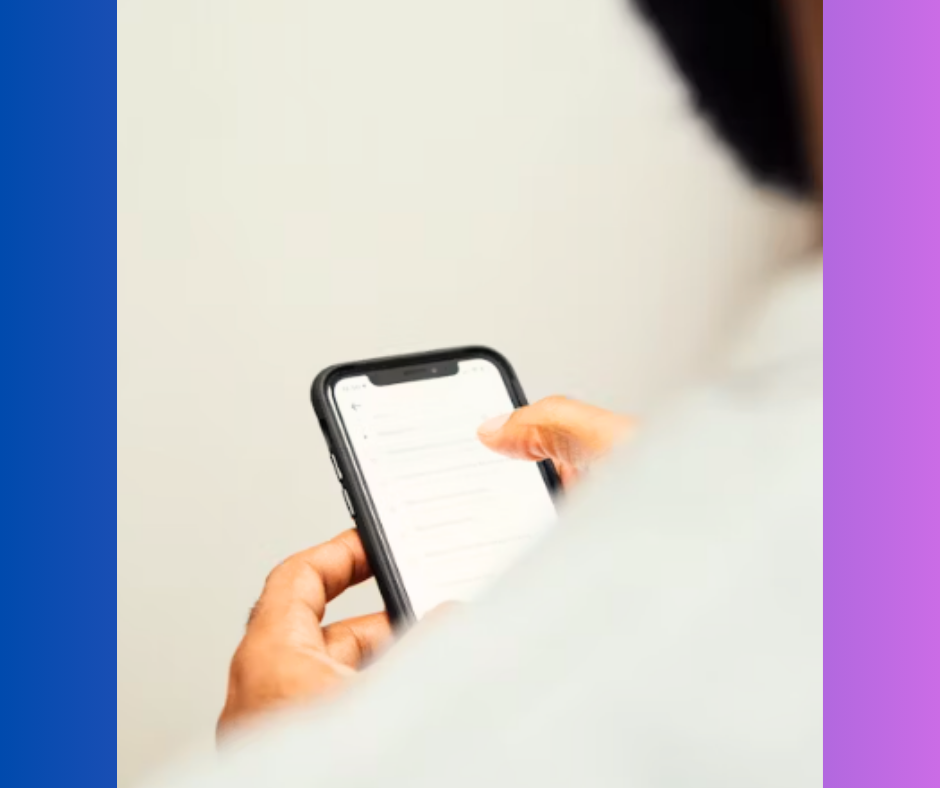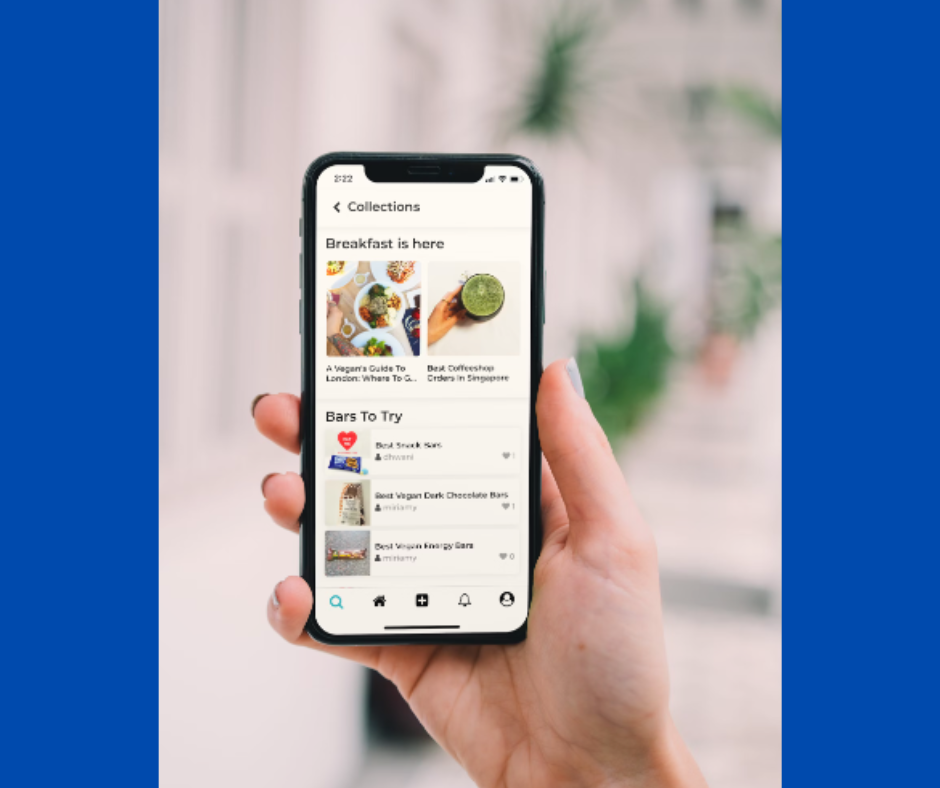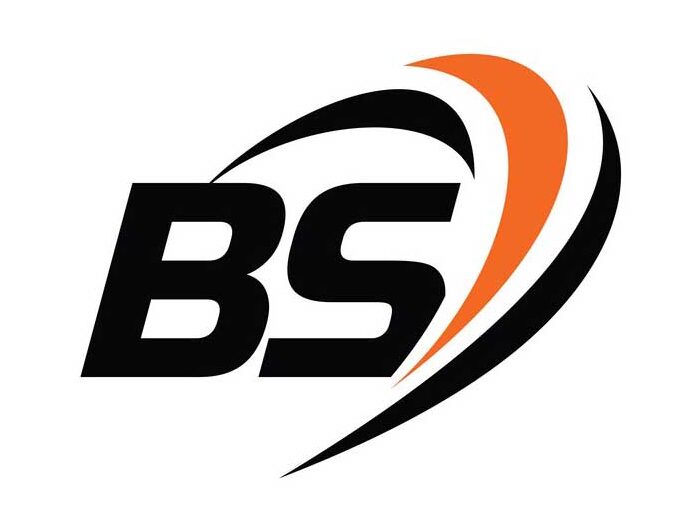In today’s interconnected world, the convenience of mobile devices like the iPhone comes with the looming threat of remote access by malicious actors. Understanding the signs of unauthorized access is paramount to safeguarding your personal data and protecting sensitive information, especially if your iPhone is used for work purposes. In this comprehensive guide, we’ll delve into the various indicators of How to tell if someone is accessing your iPhone remotely and provide actionable steps to mitigate this risk.
Understanding the Risks – How to tell if someone is accessing your iPhone remotely
Before diving into detection methods, it’s essential to grasp why someone might want to access your iPhone remotely. Malicious actors may seek to steal sensitive data, such as financial information or intellectual property, harvest credentials for unauthorized access to company networks, or even engage in hacktivism for ideological reasons.

Signs of Remote Access
- Unexpected Password Changes: If you suddenly discover that your account passwords have been altered without your consent, it’s a strong indicator of potential remote access. This could mean someone unauthorized has gained control of your device and is tampering with your accounts. It’s crucial to report such incidents promptly to support teams for investigation and remediation to prevent further unauthorized access and potential data compromise.
2. Strange Notifications: Any unusual emails, messages, or notifications from unfamiliar sources should raise immediate red flags. These could signify that someone is remotely controlling your iPhone, potentially sending or receiving unauthorized communications. Additionally, checking your Apple account for unrecognized devices can help identify any unauthorized access attempts and take appropriate action to secure your device and accounts.
3. Abnormal Performance: If your iPhone starts exhibiting sluggishness or experiences frequent reboots without any apparent reason, it’s essential to investigate further. These abnormalities could be the result of unauthorized apps or settings meddling with your device’s functionality. Checking for recent app installations or updates, along with reviewing authentication methods and security settings, can help pinpoint potential sources of remote access and mitigate the risk.
4. Unusual Data Usage and Battery Drain: Keep a close eye on your iPhone’s data usage and battery performance for unexpected spikes or rapid depletion. Unauthorized access often leads to excessive data consumption or unusual battery drain due to unauthorized activities running in the background. Monitoring these metrics can help detect and address potential remote access incidents promptly to prevent further data compromise or device exploitation.
5. Activity in Standby Mode: Even when your iPhone is in standby mode, background apps or updates may still be running, indicating potential remote access. Reviewing push notification settings and permissions granted to applications and services can help identify any unauthorized activities occurring while your device is supposedly inactive. Addressing these anomalies promptly can help safeguard your device and prevent unauthorized access to your data and resources.

Protecting Your iPhone
- Secure Wi-Fi Usage: Public Wi-Fi networks pose significant security risks, making it imperative to avoid using them with company iPhones. Utilizing a VPN adds an extra layer of encryption, enhancing data protection and minimizing the risk of unauthorized access or interception by malicious actors.
2. Keep Software Updated: Regularly updating iOS and company apps is vital to patch known security vulnerabilities and mitigate emerging threats. By staying up-to-date with the latest software versions, you ensure your iPhone remains resilient against evolving tactics used by cybercriminals to exploit weaknesses.
3. Strong Authentication: Implementing multi-factor authentication, biometric authentication (such as Touch ID or Face ID), and complex passwords bolster the security of your iPhone. These measures significantly reduce the risk of unauthorized access by requiring multiple layers of verification before granting entry.
4. App Permissions Management: Restricting app permissions to essential functionalities minimizes potential attack surfaces and reduces the likelihood of unauthorized access to sensitive data. By carefully managing app permissions, you limit the scope of potential security breaches and maintain better control over your device’s privacy and security settings.
5. Endpoint Security: Deploying endpoint security software specifically designed for mobile devices enhances threat detection and response capabilities. These tools help identify and address security threats on iPhones effectively, safeguarding against malware, spyware, and other malicious activities that may compromise device integrity and data confidentiality.
6. Employee Training: Regular security awareness training educates employees about remote access threats and instills best practices for iPhone security. By raising awareness and promoting a culture of vigilance, employees become proactive in identifying and reporting suspicious activities, contributing to overall cybersecurity resilience.
7. Security Audits: Conducting periodic security audits on iPhones allows organizations to review settings, configurations, and permissions for vulnerabilities. These audits help identify potential weaknesses or areas of exposure, enabling timely remediation efforts to strengthen device security and mitigate risks effectively.
8. Least Privilege Access: Adhering to a least privilege access framework ensures users are granted only the minimum set of privileges necessary for their tasks. By limiting access rights to essential functions and data, organizations reduce the attack surface and mitigate the potential impact of unauthorized access attempts or security breaches.
9. Application Allowlisting: Implementing allowlisting for applications restricts usage to approved ones while blocklisting known malicious or suspicious apps. This proactive approach helps prevent unauthorized software installations and reduces the risk of malicious apps compromising device security or accessing sensitive information.
Solutions for Remote Device Support
While preventing unauthorized access is crucial, it’s also essential to facilitate legitimate remote access for support purposes. Solutions like ConnectWise ScreenConnect offer secure remote support with encryption and two-factor authentication, ensuring productivity without compromising security.
Conclusion
In conclusion, being vigilant and proactive is paramount in detecting and preventing unauthorized remote access to your iPhone. By understanding the signs of remote access and implementing robust security measures, you can safeguard your personal data and protect against potential breaches. Remember, staying informed and staying secure go hand in hand in today’s digital landscape.
People Also Loved To Read – Does Samsung S9 support eSim
For news updates, visit – Daily News 24×7

